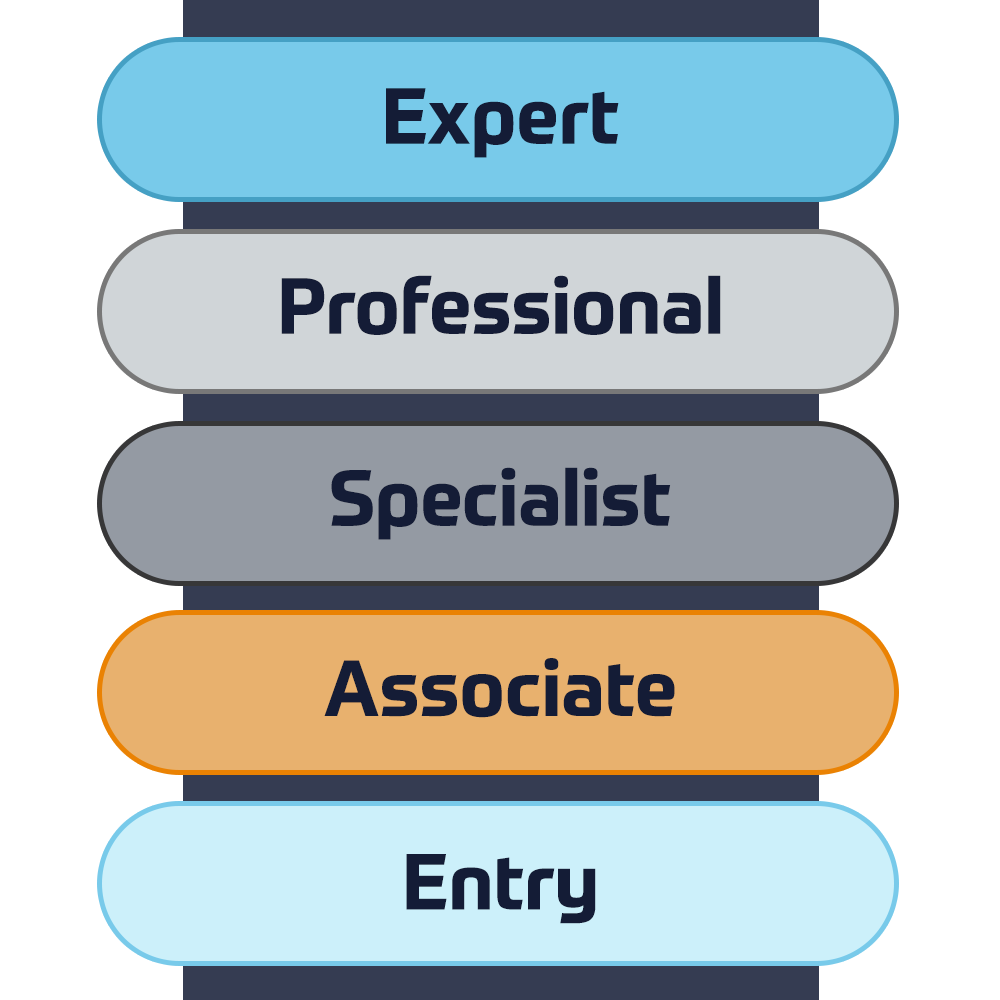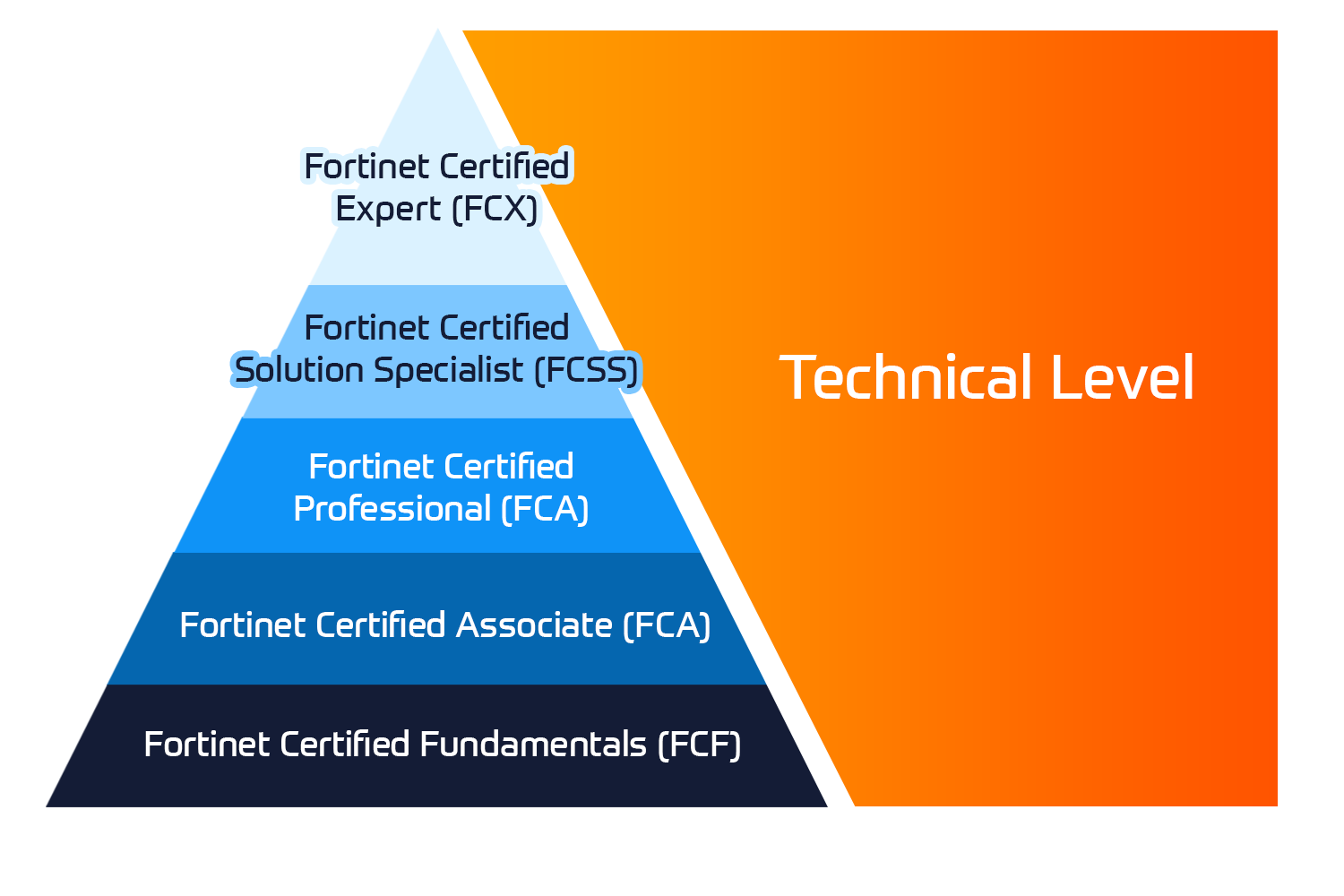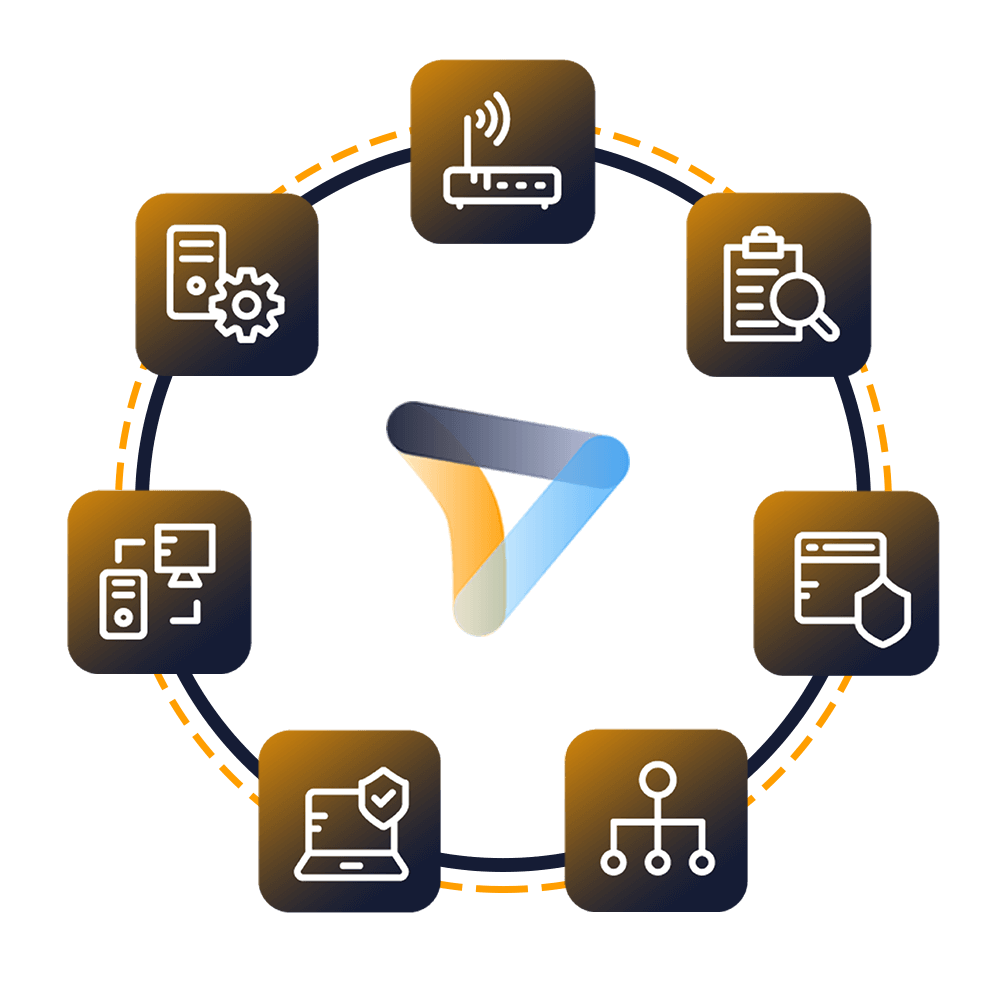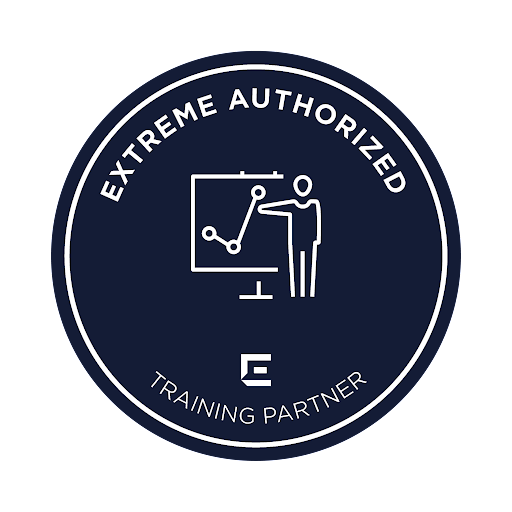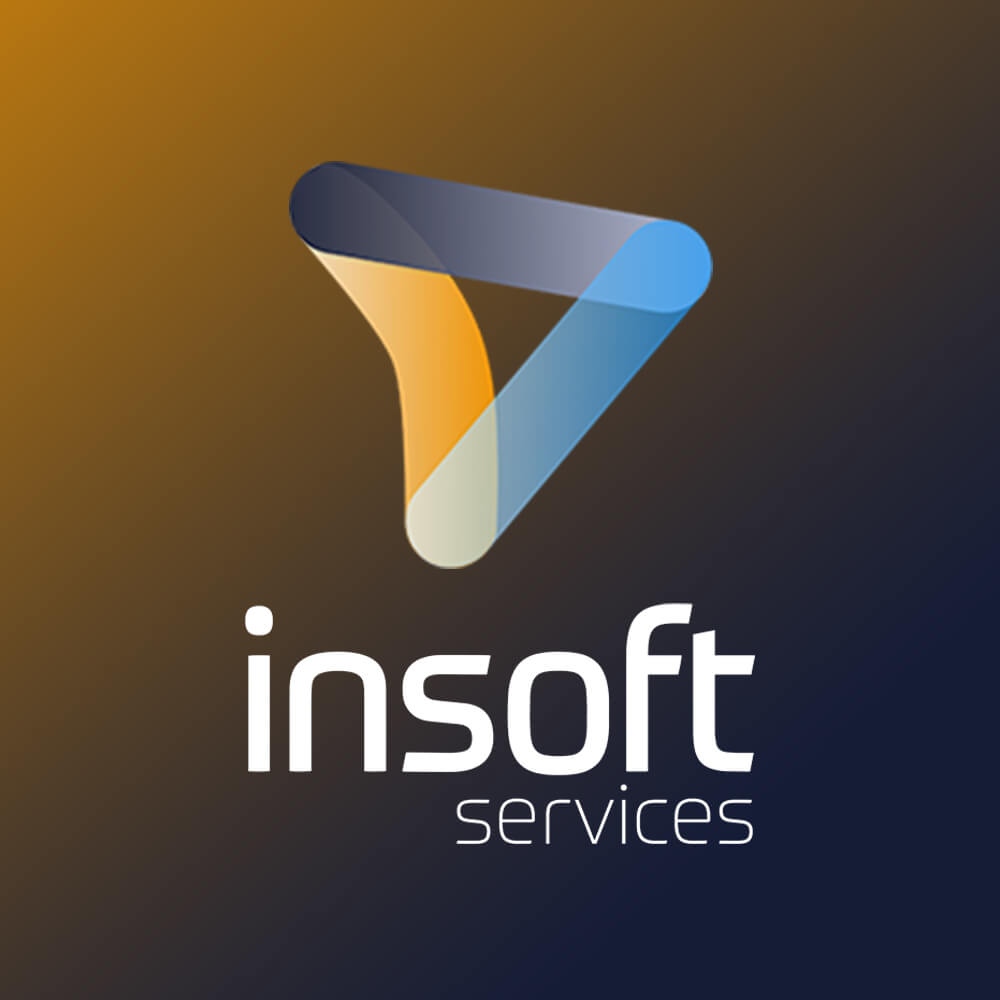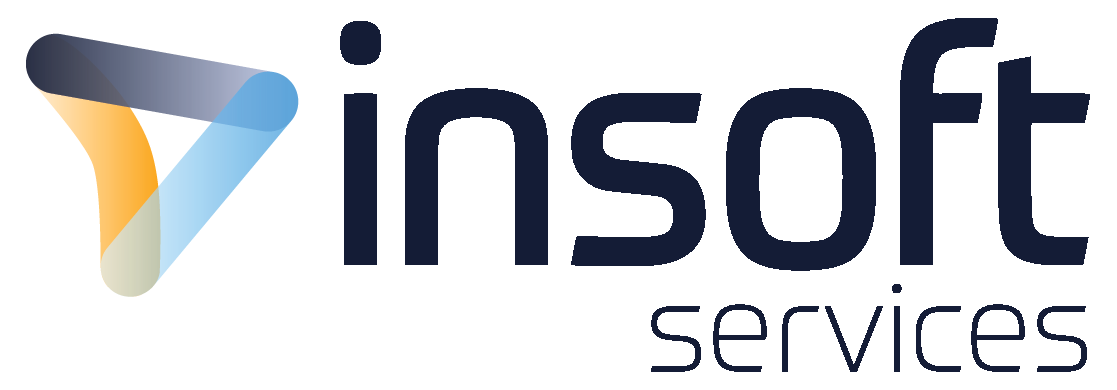In the Certified Scrum Product Owner® (CSPO) certification course, you will get the understanding of Agile and Scrum, as well as the specific skills necessary to become a successful CSPO.
Contact Us
We would love to hear from you. Please complete this form to pre-book or request further information about our delivery options.
 Duration
Duration 2 Days
 Delivery
Delivery (Online and onsite)
 Price
PricePrice Upon Request
- Become a Scrum Alliance Certified Scrum Product Owner (CSPO)
- Follow Agile principles and the Scrum framework
- Build and prioritise your value-driven product backlog
- Breakdown epics and themes into actionable user stories
- Develop positive stakeholder relationships
Introducing Agile Principles
- Defining Agile values and principles
- Contrasting Waterfall and Agile product development philosophies
- Confronting the challenges of adopting Agile
- Creating a cross-functional team
Defining the Scrum Framework
Embracing scrum
- Defining the core Scrum Framework
- Core Scrum team, artefacts and ceremonies
Adapting traditional business process to Scrum
- Applying core Scrum Values
- Leveraging checks and balances
- Scrum Ceremonies and Artefacts
Defining the core scrum artefacts
- Creating the Product Backlog
- Implementing the Sprint Backlog
- Defining the Definition of Done
- Developing potentially shippable product increment
The core scrum ceremonies
- Product Backlog
- Sprint Planning meeting
- Daily Scrum
- Demonstrating products in Sprint Reviews
- Participating in the Sprint Retrospective
Defining the Product Owner Role
Becoming accountable for product success
- Holding the product vision and strategy
- Integrating Agile and Waterfall Teams
- Estimating product scope and delivery
Communicating throughout the organisation
- Engaging Stakeholders, customers and end users in product development and delivery
- Developing positive and strong working relationships with Scrum teams
- Tracking, managing and communicating through the right Agile metrics
Building your Product Backlog
Creating a product vision
- Leveraging your customers and users
- Distinguishing between product vision and product strategy
- Articulating clear and measurable outcomes
- Validating and revising your product vision through research
- Constructing a cover story or vision box
Building and refining the Product Backlog
- Building the Product Backlog
- Continuously refining and ordering the Product Backlog
- Turning ideas into action
Prioritising the Product Backlog
- Ranking Product Backlog item priority at the release, product and project level
- Utilising MoSCoW and other prioritisation techniques
- Applying the Pareto principle to release planning
- Identifying high-priority items for sprint planning
Owning the Product Backlog
Developing the Product Backlog
- Evolving product requirements with stakeholder engagement
- Developing products with progressive elaboration
- Decomposing epics, features and stories
- Defining appropriate acceptance criteria
Refining the Product Backlog
- Sizing user stories, features and epics
- Estimating business value through relative measurement
- Continually refining and reordering your Product Backlog
Developing a Product Roadmap
Planning for long-term product success
- Comparing Agile product release strategies
- Adapting to changing requirements
- Focusing on continuous program, product/project improvement
Refining product delivery
- Comparing iterative and incremental delivery
- Releasing products with Minimal Marketable Features
- Facilitating frequent product release
- Become a Scrum Alliance Certified Scrum Product Owner (CSPO)
- Follow Agile principles and the Scrum framework
- Build and prioritise your value-driven product backlog
- Breakdown epics and themes into actionable user stories
- Develop positive stakeholder relationships
Introducing Agile Principles
- Defining Agile values and principles
- Contrasting Waterfall and Agile product development philosophies
- Confronting the challenges of adopting Agile
- Creating a cross-functional team
Defining the Scrum Framework
Embracing scrum
- Defining the core Scrum Framework
- Core Scrum team, artefacts and ceremonies
Adapting traditional business process to Scrum
- Applying core Scrum Values
- Leveraging checks and balances
- Scrum Ceremonies and Artefacts
Defining the core scrum artefacts
- Creating the Product Backlog
- Implementing the Sprint Backlog
- Defining the Definition of Done
- Developing potentially shippable product increment
The core scrum ceremonies
- Product Backlog
- Sprint Planning meeting
- Daily Scrum
- Demonstrating products in Sprint Reviews
- Participating in the Sprint Retrospective
Defining the Product Owner Role
Becoming accountable for product success
- Holding the product vision and strategy
- Integrating Agile and Waterfall Teams
- Estimating product scope and delivery
Communicating throughout the organisation
- Engaging Stakeholders, customers and end users in product development and delivery
- Developing positive and strong working relationships with Scrum teams
- Tracking, managing and communicating through the right Agile metrics
Building your Product Backlog
Creating a product vision
- Leveraging your customers and users
- Distinguishing between product vision and product strategy
- Articulating clear and measurable outcomes
- Validating and revising your product vision through research
- Constructing a cover story or vision box
Building and refining the Product Backlog
- Building the Product Backlog
- Continuously refining and ordering the Product Backlog
- Turning ideas into action
Prioritising the Product Backlog
- Ranking Product Backlog item priority at the release, product and project level
- Utilising MoSCoW and other prioritisation techniques
- Applying the Pareto principle to release planning
- Identifying high-priority items for sprint planning
Owning the Product Backlog
Developing the Product Backlog
- Evolving product requirements with stakeholder engagement
- Developing products with progressive elaboration
- Decomposing epics, features and stories
- Defining appropriate acceptance criteria
Refining the Product Backlog
- Sizing user stories, features and epics
- Estimating business value through relative measurement
- Continually refining and reordering your Product Backlog
Developing a Product Roadmap
Planning for long-term product success
- Comparing Agile product release strategies
- Adapting to changing requirements
- Focusing on continuous program, product/project improvement
Refining product delivery
- Comparing iterative and incremental delivery
- Releasing products with Minimal Marketable Features
- Facilitating frequent product release
- ` Date on Request
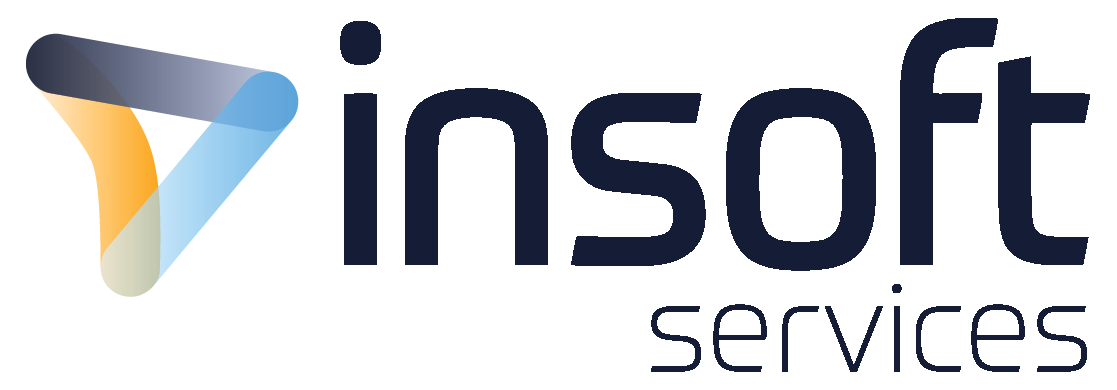
 Finland
Finland Germany
Germany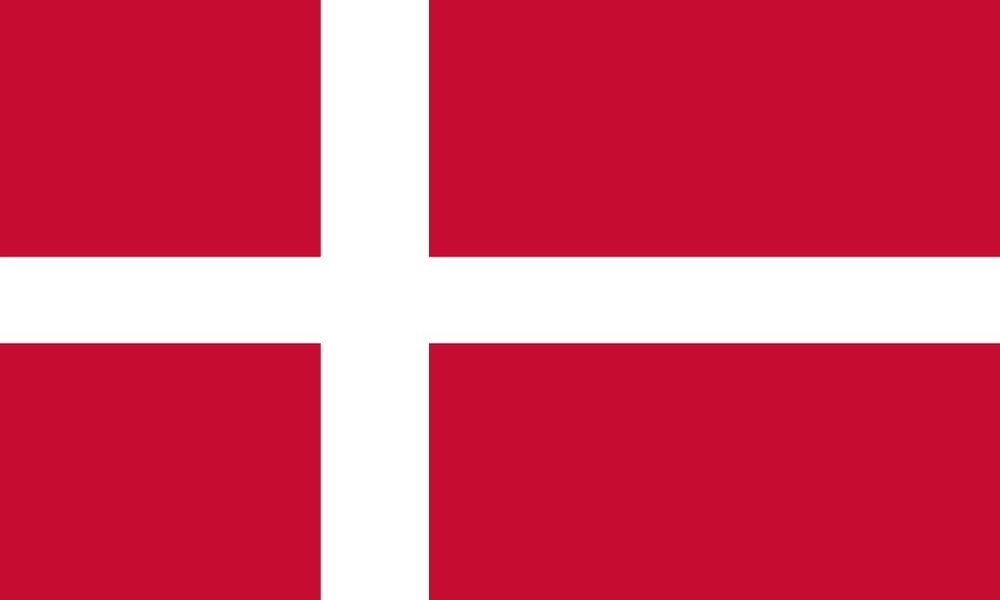 Denmark
Denmark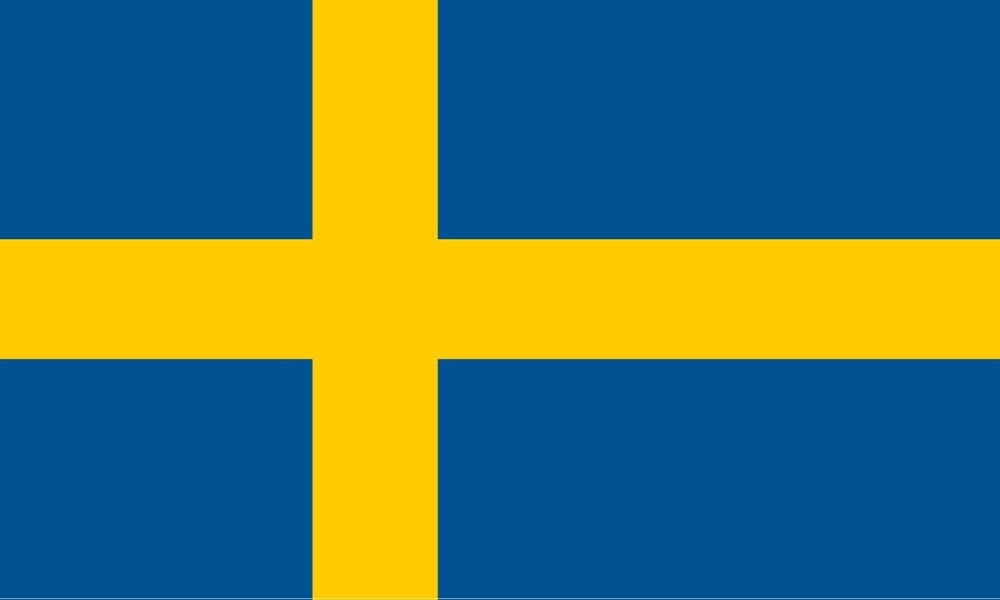 Sweden
Sweden Italy
Italy Netherlands
Netherlands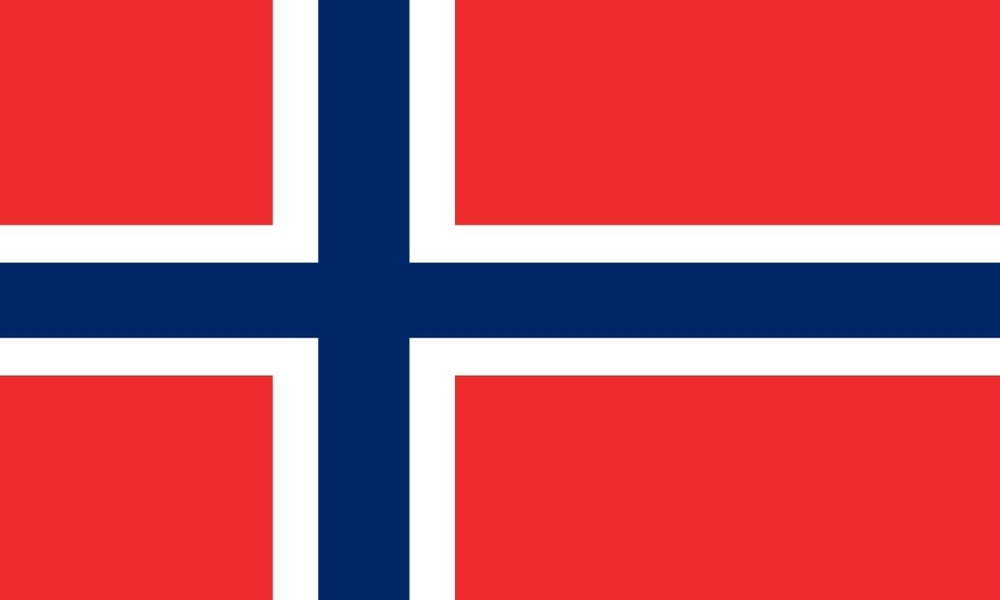 Norway
Norway 

